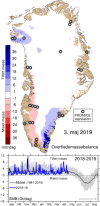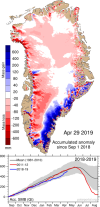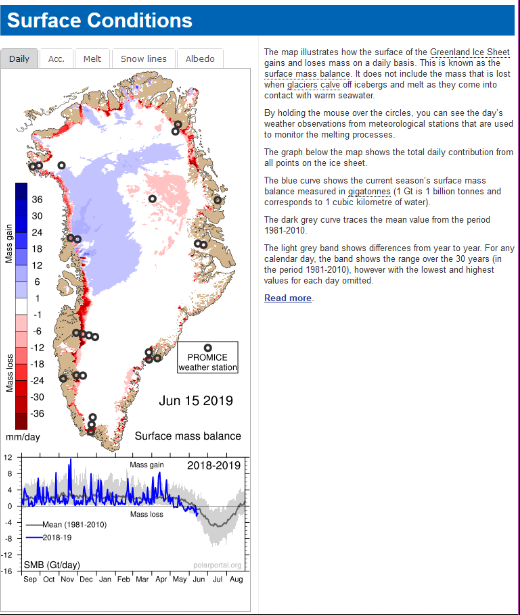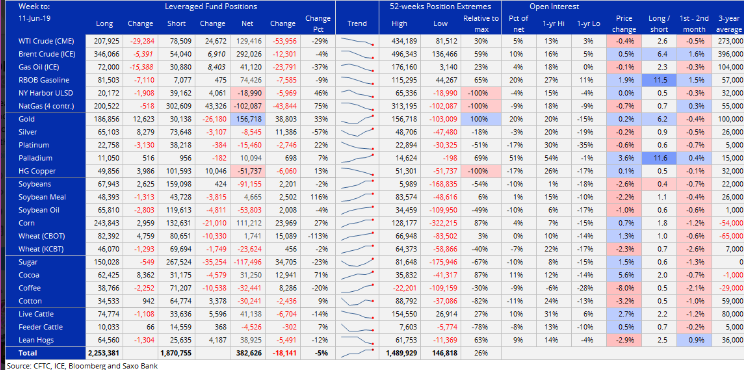Was reading from mainstream on how (it was suggested) it is now the warmest in the Arctic that it has been for 10,000 years - oh, and not reported was this (and a million other things):
Inconvenient stumps
Anthony Watts / 8 hours ago April 12, 2019
Climate alarmists tell us that the Earth has never been warmer, and that we can tell by looking at tree rings, treelines, and other proxy indicators of climate.

Climate scientists claim the warmth is unprecedented.

We’ve been told it is warming so fast, we have only 12 years left!

Yet nature seems to not be paying attention to such pronouncements, as this discovery shows.

This photo shows a tree stump of White Spruce that was radiocarbon dated at 5000 years old. It was located 100 km north of the current tree line in extreme Northwest Canada.
The area is now frozen tundra, but it was once warm enough to support significant tree growth like this.
If climate was this warm in the past, how did that happen before we started using the fossil fuels that supposedly made our current climate unprecedentedly warm?
Inconvenient stumps
Anthony Watts / 8 hours ago April 12, 2019
Climate alarmists tell us that the Earth has never been warmer, and that we can tell by looking at tree rings, treelines, and other proxy indicators of climate.

Climate scientists claim the warmth is unprecedented.

We’ve been told it is warming so fast, we have only 12 years left!

Yet nature seems to not be paying attention to such pronouncements, as this discovery shows.

This photo shows a tree stump of White Spruce that was radiocarbon dated at 5000 years old. It was located 100 km north of the current tree line in extreme Northwest Canada.
The area is now frozen tundra, but it was once warm enough to support significant tree growth like this.
If climate was this warm in the past, how did that happen before we started using the fossil fuels that supposedly made our current climate unprecedentedly warm?




